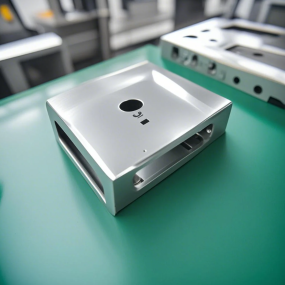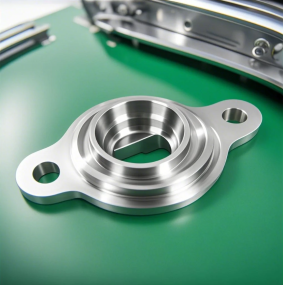Professional explanation of laser cutting processing, let‘s take a look
The cutting focus is on the surface of the workpiece, and this method also becomes 0 focal length. It is generally used when cutting workpieces such as SPC, SPH, SS41, etc. The focus of the time-division cutting machine used is selected close to the surface of the workpiece. In this mode, the upper and lower surfaces of the workpiece have different lubrication degrees. Generally speaking, the cutting surface close to the focal point is relatively lubricated, while the lower surface away from the cutting focus appears rough. This mode should be based on the process requirements of the upper and lower surfaces in practical use.
One of the advantages of laser cutting is the high energy density of the beam of light, so the diameter of the focal light spot will be as small as possible, so that very small slits can occur. Because the smaller the focal depth of the focusing lens, the smaller the diameter of the focal light spot. For high-quality, high-precision cutting, the effective focal depth is also related to the lens diameter and the cut data, so it is very important to control the position of the focus and the appearance of the cut data.
The cutting focus is on the workpiece, and we also have a negative focal length in this method, because the cutting point of the laser cutting machine is not located on the surface of the cutting material or inside the cutting material, but above the cutting material. This method mainly uses materials with high thickness. The reason why this method focuses on the cutting material is mainly because the thick plate requires a large cutting width, otherwise the oxygen delivered by the nozzle will simply appear to cause insufficient cutting temperature to drop. However, one drawback of this method is that the cutting surface is relatively rough, which is not suitable for high-precision cutting.
The cutting focus is inside the workpiece, and this method is also known as positive focal length. When you need to cut the workpiece for stainless steel or aluminum steel plate, the mode of cutting the cutting point inside the workpiece is commonly used. But one drawback of this method is that because the focus principle cuts the surface, the cutting width is larger than the cutting point on the surface of the workpiece. At the same time, the cutting airflow required in this mode should be large, the temperature should be sufficient, and the cutting perforation time is slightly longer. So when you choose the raw material of the workpiece, it is mainly stainless steel or aluminum lamps with high hardness.



 Spanish
Spanish Arabic
Arabic French
French Portuguese
Portuguese Belarusian
Belarusian Japanese
Japanese Russian
Russian Malay
Malay Icelandic
Icelandic Bulgarian
Bulgarian Azerbaijani
Azerbaijani Estonian
Estonian Irish
Irish Polish
Polish Persian
Persian Boolean
Boolean Danish
Danish German
German Filipino
Filipino Finnish
Finnish Korean
Korean Dutch
Dutch Galician
Galician Catalan
Catalan Czech
Czech Croatian
Croatian Latin
Latin Latvian
Latvian Romanian
Romanian Maltese
Maltese Macedonian
Macedonian Norwegian
Norwegian Swedish
Swedish Serbian
Serbian Slovak
Slovak Slovenian
Slovenian Swahili
Swahili Thai
Thai Turkish
Turkish Welsh
Welsh Urdu
Urdu Ukrainian
Ukrainian Greek
Greek Hungarian
Hungarian Italian
Italian Yiddish
Yiddish Indonesian
Indonesian Vietnamese
Vietnamese Haitian Creole
Haitian Creole Spanish Basque
Spanish Basque











